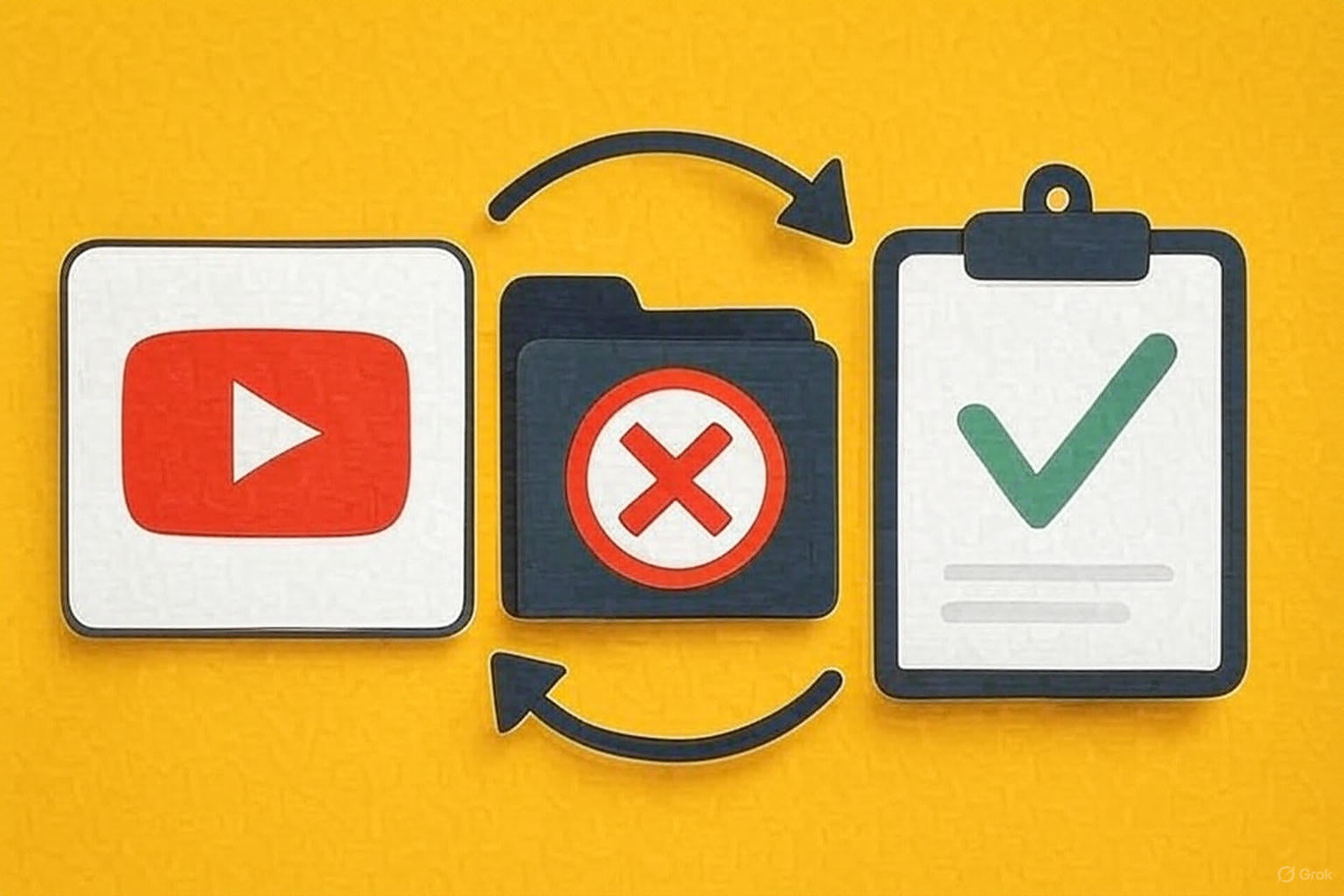YouTube Launches Pilot Program to Give Banned Creators a Second Chance
Introduction
On October 9, 2025, YouTube unveiled a groundbreaking pilot program allowing permanently banned creators to rejoin the platform under strict conditions. This marks a significant shift in YouTube’s approach to content moderation, reflecting its ongoing efforts to balance creator growth with community safety. The program responds to years of feedback from creators seeking more opportunities for reinstatement.
YouTube is giving banned creators a second chance on the platform
— Dexerto (@Dexerto) October 9, 2025
Only creators who have been banned for over a year will be eligible to apply pic.twitter.com/qMX9CnCZM3
Key Details of the Program
Eligible creators can apply for a “second chance” by starting a brand-new channel. Important points include:
- Fresh Start: No subscribers, no monetization, no previous data.
- Content Reuse: Creators may re-upload old videos, provided they comply with current Community Guidelines.
- Monetization Eligibility: After meeting requirements, creators can apply to the YouTube Partner Program (YPP).
- Gradual Rollout: Applications are reviewed individually to ensure fairness.
“There are many creators with terminated channels who deserve a second chance, especially as YouTube has evolved and changed over the past 20 years.”
Eligibility Criteria
Not all banned creators qualify. Key requirements include:
- Ban must have been in place for over one year.
- Past violations’ severity and persistence are evaluated.
Exceptions:
- Copyright infringement bans are ineligible.
- Violations of the Creator Responsibility policy disqualify applicants.
- One-time opportunity: If the new channel is terminated, there’s no further chance.
Community Reactions
The announcement quickly gained attention on social media. Many users speculated humorously about which controversial creators might apply, including names like EDP445 and Sneako. The program has drawn comparisons to Twitch, which occasionally reinstates indefinitely banned streamers after extended periods.
For creators, this is both an opportunity and a challenge: rebuilding an audience from scratch may take months or years, yet the chance to resume monetization and regain influence is significant.
Implications for the Platform
This pilot program reflects YouTube’s evolving philosophy: rehabilitation over permanent exclusion, when feasible. It sets a precedent for other platforms balancing:
- Community safety
- Fair creator treatment
- Platform growth
The long-term success of the program will depend on creators’ adherence to guidelines and the community’s acceptance of returning members.
FAQs
- Q1: Who can apply for this program?
- A: Only creators banned for over a year, with bans not related to copyright or Creator Responsibility violations.
- Q2: Can creators keep their old subscribers?
- A: No. They must rebuild from zero.
- Q3: Can banned creators re-upload old videos?
- A: Yes, but only if the content complies with current Community Guidelines.
- Q4: Is this opportunity unlimited?
- A: No. It’s a one-time chance per creator.
- Q5: Will the program affect YouTube’s content moderation?
- A: It introduces flexibility but keeps strict guidelines in place to protect the community.
Conclusion
YouTube’s second-chance pilot program is a bold experiment in creator rehabilitation. It challenges traditional notions of permanent bans while reaffirming the platform’s commitment to community safety and fairness. For creators, it is an opportunity to demonstrate accountability and rebuild influence. For viewers, it may mean encountering familiar creators who have reformed and adapted to evolving standards.
Intellectually, this initiative invites broader discussion on digital accountability, redemption, and the ethics of online communities. Platforms like YouTube are navigating a delicate balance: allowing creators a fresh start while protecting millions of users from harmful content. In the long run, success will depend on careful oversight, transparent policies, and the willingness of both creators and audiences to engage responsibly.


0 comments